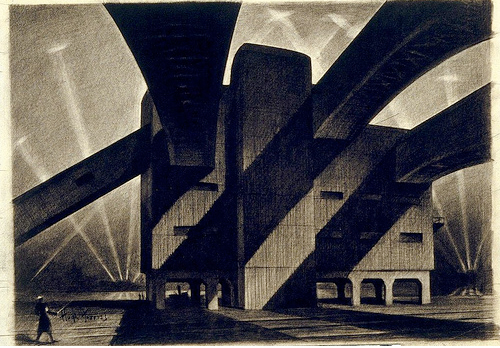I’ve taken an evening to research and listen to a bunch of ragtime. Rather then be coy about it, i’ll just come right out and explain how it’s relevant.
For the first song of the 2nd Act of the Dieselpunk Opera i need a light, upbeat song with which to introduce Constance O’Brien and in particular discuss her profession and the societal circumstances around it.
You might think another New Albion song would be the obvious choice to fit in here, but it would be utter overkill. A New Albion song at the beginning of every Act is a Steampunk Opera device. To use it at the beginning of the Dieselpunk Opera to establish continuity is great. But after that it’s overkill. We must move on. We are not a one trick pony.
So, a light upbeat song that discusses a specific aspect of a character and New Albion upper class society. What would really work is a genre song. We pick a genre from the 20s or 30s, something that fits (can’t be Oh Brother Where Art Thou type music because while correct in period, it would be wrong for discussing upper class society) and that song is our little genre piece. Kind of like The Ballad Of The Gambler And The Monk.
Now, i’ve done listening sessions based on Latin big band music that was enormously popular back then like Cuban, the Mambo, the Rhumba and other son based big band/dance styles. But i can’t use THOSE for this because in our next song when we actually get down to the plot, Constance will be at an upper class soiree, dancing with some guy. That song will be upbeat too and more energetic so the first song should not compete.
Hence something like ragtime. Upbeat, light, good for a one off number.
I haven’t decided. I’m just considering.
Ragtime actually came from John Philip Sousa marches believe it or not. They were the popular melodies going around at the time. Ragtome is a very piano based style that uses these marching rhythms: That left hand is playing a straight one two march rhythm. African American musicians like Ernest Hogan would play those marches, but add some more complex and witty syncopations to the right hand melody based off his culture’s African sense of polyrhythm which had survived the nightmarish journey to the US.
Polyrhythym, just for the record, is superimposing one rhythm over another, like a 3 count over a 4 count, or in this case favoring the beats in between the main beat.
Thus, in this crazy new ragtime style, the melody would be syncopated, notes made to be stabbed in beTWEEN the one-two beats instead of the square “always on the beat” marches.
I would love to demonstrate.
First, let’s hear a famous John Philip Sousa march. Great melody and hear how everything falls on that one-two marching beat:
Now, hear how early ragtimers like Scott Joplin are playing that essential Sousa rhythm on the low notes, but the melody is continuously stabbing the spaces in between the one two marching rhythym:
THAT is ragtime.
The style exploded. From the beginning of the century through the 20s it was epic. It was the rock and roll of its day until by the 30s its evolutionary child Jazz overtook it and laid it in the dust.
As with every single musical style pioneered by African Americans, a certain segment of white America went ballistic with outrage. There were doctors who warned of the dangerous effects of ragtime music and syncopation on the brain and body. Many march loving folks dismissed it as “coon music” and many preachers assured their flocks it was the surest way to the fiery pit with all its lustful rhythms that could only have been thought up by Satan. The rock and roll of its day indeed.
However, this did not stop its wildlfire spread and mass appeal. It was fun, great composers came up with immensely catchy melodies, you could dance to it AND it didn’t require a large band. A single piano player could belt it out.
I leave you with a modern ragtime song which you may not have realized was ragtime but i assure you, is. Once again, notice how the lower rhythm is a straight march and the upper melody jibs and jabs at those rhythms in between. ( I also adore watching the bald guy play. His smiles are wonderful. Not to mention the yin yang of the two of them playing together is awesome and at times even kind of funny.)






































































